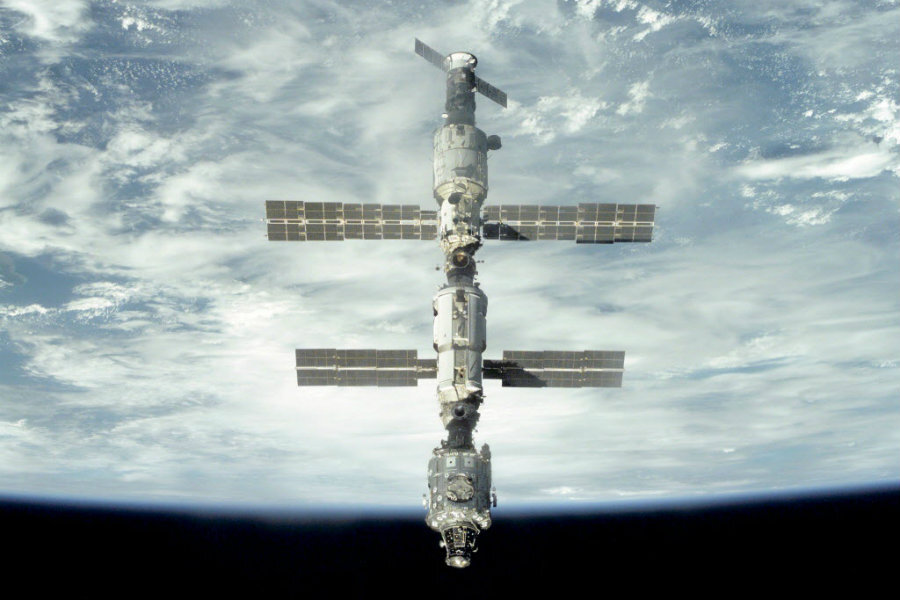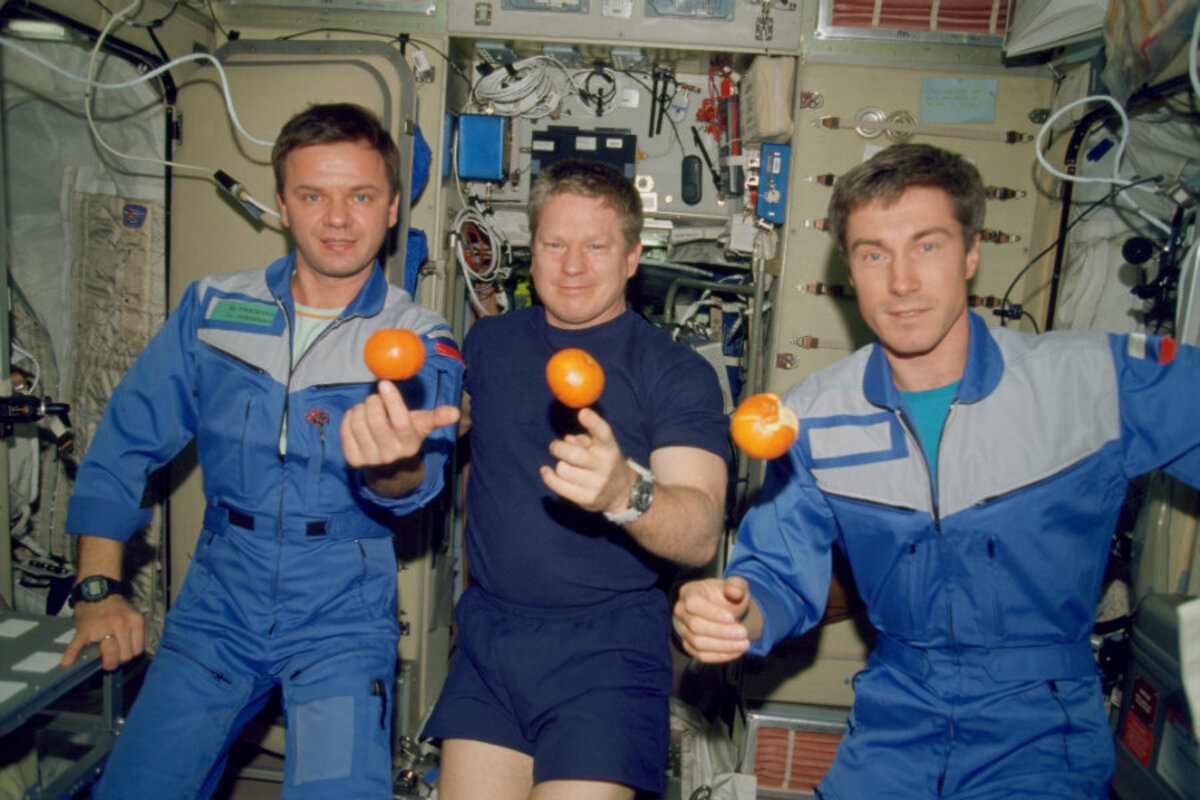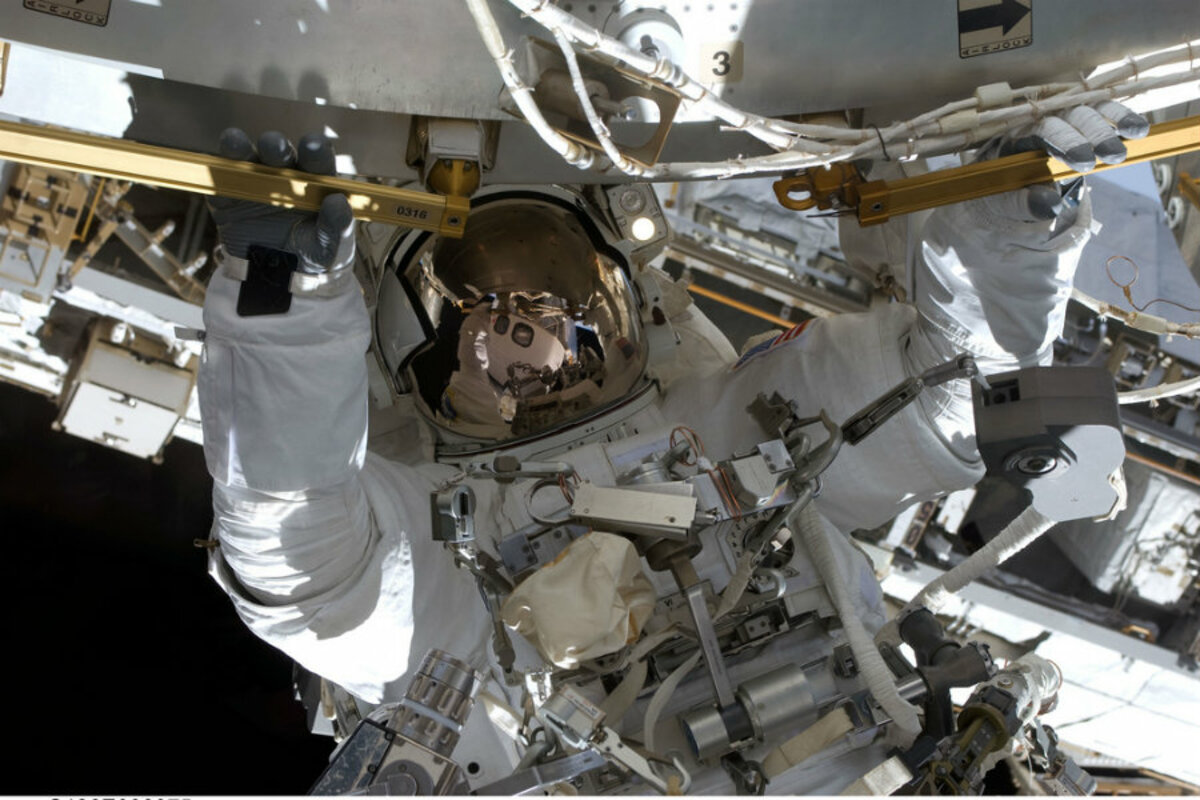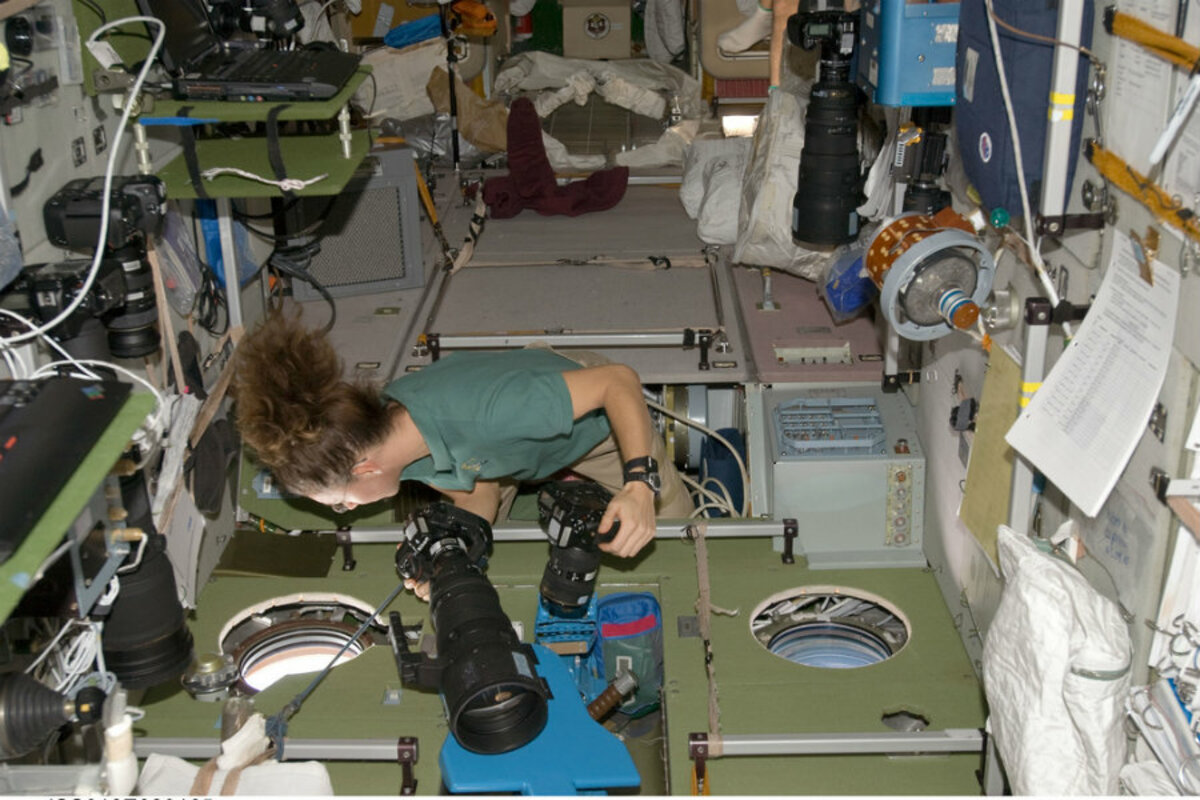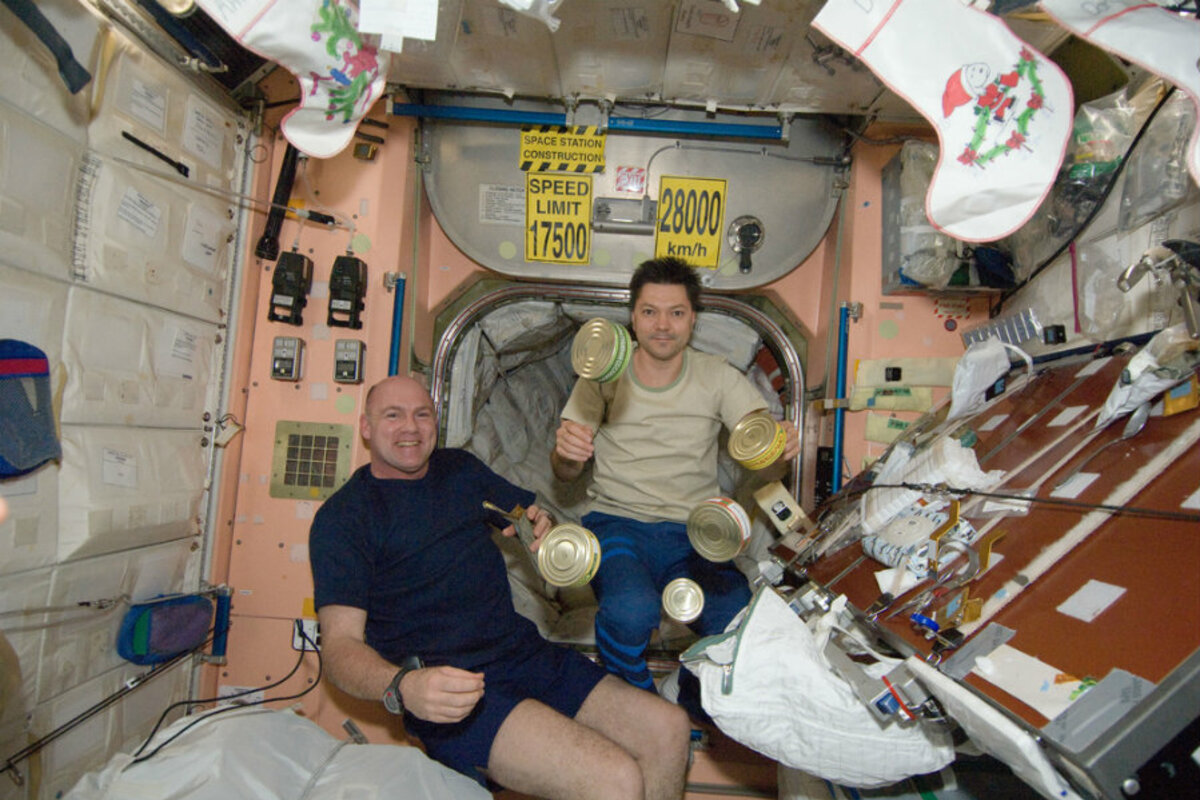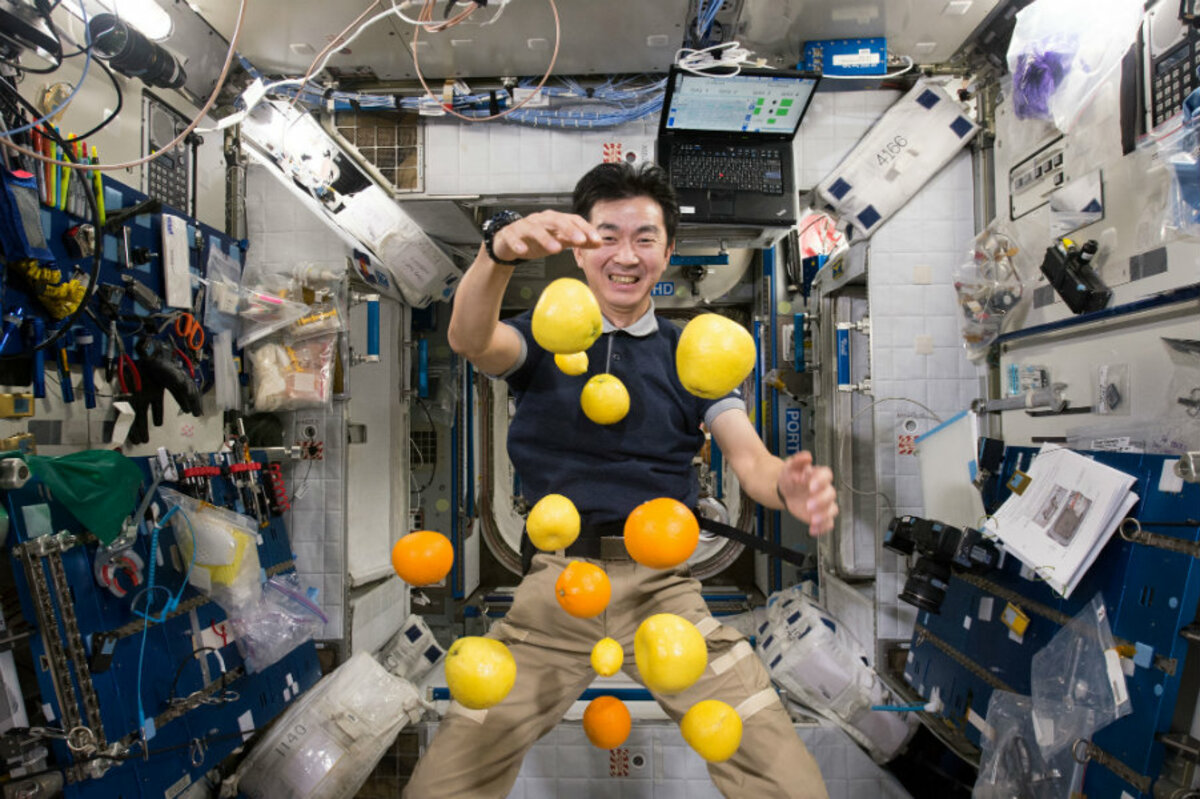In photos: NASA celebrates 15 years of human habitation on ISS
Loading...
When William Shepherd, Yuri Gidzenko, and Sergei Krikalev climbed aboard the International Space Station on Nov. 2, 2000, their steps marked the beginning of an ambitious quest: history’s largest, most complex international collaboration in space.
They also ushered in 15 years of continuous human habitation and research – and a global scientific and engineering journey that scientists hope will soon lead humankind to Mars.
The space station “is truly an engineering marvel and a testament to what we can accomplish when we all work together. I think one of the most enduring legacies will be the international cooperation we have achieved in building and operating it,” Kennedy Space Center Director Bob Cabana said in 2013.
“The ISS is the engineering test bed that enables us to prove the systems we need and deal with the crew health issues that must be solved for us to actually go beyond Earth for extended periods of time, when we eventually go to Mars and beyond,” he added.
Here’s a look at some of the photo highlights of human presence on the ISS:
The Expedition 1 crew members hold up fresh oranges onboard the Zvezda Service Module of the ISS on Dec. 4, 2000 – about a month after they first stepped aboard. Pictured, from the left, are cosmonaut Yuri P. Gidzenko, Soyuz commander; astronaut William M. Shepherd, mission commander; and cosmonaut Sergei K. Krikalev, flight engineer.
Astronaut Steve Bowen, STS-126 mission specialist, participates in a six-hour, 52-minute spacewalk on Nov. 18, 2008. Mr. Bowen and astronaut Heidemarie Stefanyshyn-Piper cleaned and lubricated part of the station's starboard Solar Alpha Rotary Joints (SARJ), removed a depleted nitrogen tank from a stowage platform on the outside of the complex and moved it into Endeavour's cargo bay, and performed other maintenance duties.
NASA astronaut Sandra Magnus, a flight engineer for Expedition 18, holds two still cameras as she looks out a window of the space station’s Zvezda Service Module on Feb. 9, 2009. The ISS provides astronauts aboard with the chance to have send back some of the most unique snapshots of Earth and space.
European Space Agency astronaut André Kuipers (l.) and Russian cosmonaut Oleg Kononenko, both Expedition 30 flight engineers, pose before food containers floating freely at the galley of the space station’s Unity node on Dec. 27, 2011.
Even aboard the ISS, music is a must. Canadian Space Agency astronaut Chris Hadfield strums his guitar in the space station’s Cupola on Christmas Day, 2012.
Japan Aerospace Exploration Agency astronaut Kimiya Yui is caught laughing on Aug. 25, 2015, as he attempts to corral fresh fruit that arrived shortly before on the Kounotori 5 H-II Transfer Vehicle (HTV-5). Visiting cargo ships carry supplies, research equipment, and fresh food for crew members aboard the ISS.




